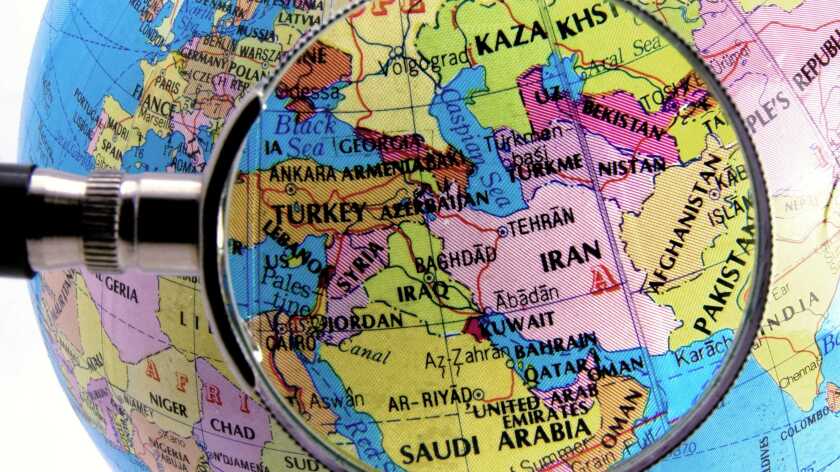Cinturion has chosen Exa to land one of its dual path connections of the TEAS in Pescara, on Italy’s Adriatic coast, to provide the lowest latency and most diversely routed links.
Two separate open access subsea and terrestrial links across the Middle Eastern region, one via the Red Sea and the other via Jordan, continuing along the Arabian Peninsula and under the Arab Gulf and Indian Ocean.
“Connecting these two expansive infrastructure assets is a significant step forward for the routing of digital traffic between Europe, the Middle East and India,” said Nicholas Collins, Exa’s chief commercial officer.
“At Pescara, EXA will provide a direct link into a network with the broadest geographic footprint in Europe, with the highest level of resiliency bolstered by additional new fibre in Italy.
“This is the latest investment by our business as we work to provide the best and broadest long-haul digital infrastructure in Europe.”
The partnership represents a further strategic milestone for both companies in their investments to expand routes, provide increased bandwidth to customers across international markets and deliver global reach.
Bill Marra, chief commercial officer at Cinturion added: “EXA is the strongest partner for connecting TEAS to the eastern Italian coast because of its enormous experience in delivering complex infrastructure for cable landing stations and its reputation for success with such high-stakes engineering projects.
“This partnership brings together one of the largest, most advanced open-access networks by reaching emerging markets and providing a new corridor that seamlessly connects Europe, the Middle East and India.”
The Exa landing station at Pescara will become one of Europe’s busiest digital traffic hubs, enabling data from TEAS links to routes across Exa’s network footprint across Europe and beneath the North Atlantic.
Exa will also deliver new multi-fibre Italian routes from Pescara to Rome and Milan in a ring design, creating further resilience.
This strategic project aims at supplying a broad range of global customers including content providers, telecom carriers and large enterprises with demanding connectivity and security needs, enabling responsive customer-controlled applications directly from data centres.






